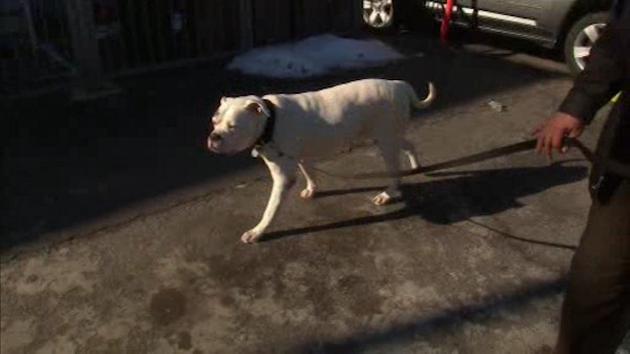
Recently, someone posted a comment on my Facebook page defending the killing of animals by stating that No Kill shelters are ones where dogs and cat sit for years in “tiny cages without any love, companion[ship] or happiness.” She then preceded to defend killing, by asking if that is what I was hoping would happen? Or, in her words, “Is that what you wish [for] all these babies?”
Of course that is not what I am working for. And, of course, that is not what the No Kill movement represents. No Kill does not mean poor care, hostile and abusive treatment, and warehousing animals without the intentional killing. It means modernizing shelter operations so that animals are well cared for and kept moving efficiently and effectively through the shelter and into homes. The No Kill movement puts action behind the words of every shelter’s mission statement: “All life is precious.” No Kill is about valuing animals, which means not only saving their lives but also giving them good quality care. It means vaccination on intake, nutritious food, daily socialization and exercise, fresh clean water, medical care, and a system that finds loving, new homes.
At the open admission No Kill shelter I oversaw, the average length of stay for animals was eight days, we had a return rate of less than two percent, we reduced the disease rate by 90 percent from the prior administration, we reduced the killing rate by 75 percent, no animal ever celebrated an anniversary in the facility, and we saved well over 90 percent of the animals (over 95% using comparative save rate calculations). In short, we brought sheltering into the 21st century. Many other No Kill shelters have similar lengths of stay. The average length of stay at open admission No Kill shelters is roughly 14 days or the length of time a dog or cat might spend at a boarding facility while their family is on vacation.
But what if it was longer? What if it was, as it was for a dog named Tank, three years?
BRONX DOG FINDS FOREVER HOME AFTER 3 LONG YEARS IN SHELTER
While at the shelter, according to this report, Tank was walked every single day by volunteers. He was clearly well cared for. And now he has a home. Of course, I have no idea why it took three years and it is hard for me to imagine a scenario where it should have. But that issue aside, why should Tank have been killed? He was not in a tiny cage without any love, companionship or happiness. He had a personal family of volunteers. And he has a home now. By all indications, a very caring and loving one. Only the most hard-hearted of individuals would call for him to be dead.
By denigrating the movement to end shelter killing as akin to warehousing and abuse, and by ignoring the protocols of shelters which have truly achieved No Kill, these naysayers not only do so to provide political cover for their own killing but in order to embrace a nation of shelters grounded in killing—a defeatist mentality, inherently unethical and antithetical to animal welfare. To imply that No Kill means warehousing, therefore, is a cynicism which has only one purpose: to defend those who fail to save lives from public criticism and public accountability by painting the alternative as even darker.
————-
Have a comment? Join the discussion by clicking here.